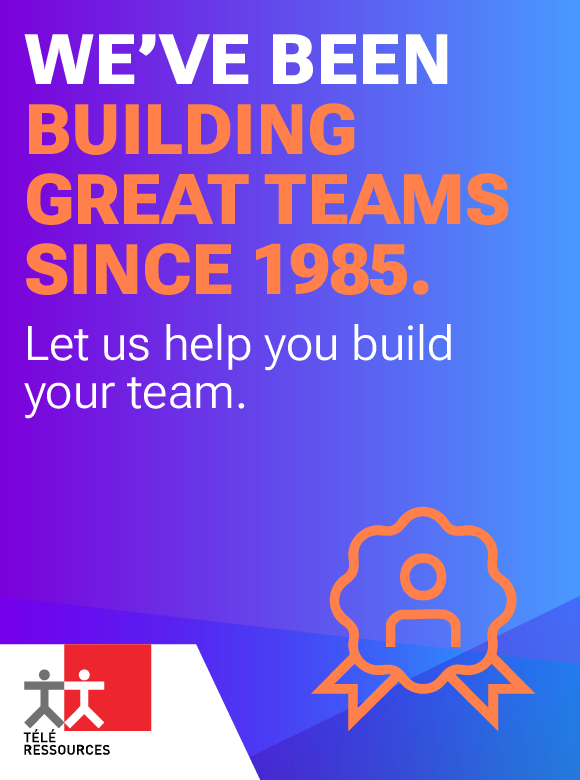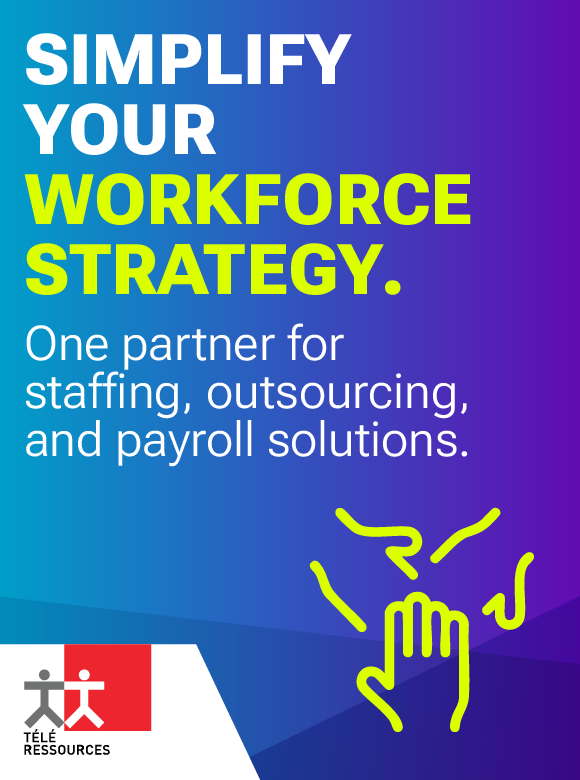5 Ways Talent Mapping Can Help You Build a Future-Ready Team
 As market demands shift and emerging technologies reshape industries, the organizations that anticipate change rather than react to it are best positioned to thrive. Talent mapping—an ongoing strategic process of identifying, assessing, and tracking internal and external talent—plays a critical role in preparing companies for the future. Here’s how leveraging talent mapping can help you build a team that’s ready for what’s next.
As market demands shift and emerging technologies reshape industries, the organizations that anticipate change rather than react to it are best positioned to thrive. Talent mapping—an ongoing strategic process of identifying, assessing, and tracking internal and external talent—plays a critical role in preparing companies for the future. Here’s how leveraging talent mapping can help you build a team that’s ready for what’s next.
1. Identify Key Roles and Future Talent Needs
Effective talent mapping begins with a clear understanding of your organization’s long-term goals. Whether you’re planning for expansion, digital transformation, or leadership succession, identifying which roles will be critical to future success helps you allocate resources and attention strategically. This forward-thinking approach ensures you’re not caught off guard when a key position opens or new capability is required.
2. Assess Current Workforce Capabilities Against Future Goals
Talent mapping allows you to evaluate your existing team’s skills, performance, and potential in the context of where your business is headed. Are you equipped to meet future demands? Where are the gaps? This analysis provides the data needed to inform upskilling efforts, succession planning, and internal mobility strategies—maximizing the talent you already have.
3. Build a Proactive Talent Pipeline for Critical Positions
Rather than waiting for roles to become vacant, talent mapping enables you to proactively identify and engage high-potential external candidates for key positions. This can include nurturing relationships with passive candidates, monitoring internal talent development, and staying ready to fill roles quickly when opportunities or departures arise. A strong pipeline reduces time-to-hire and minimizes disruption to operations.
4. Track Industry Trends to Stay Ahead in Talent Acquisition
Talent maps are most effective when informed by external intelligence. Keeping tabs on industry trends, emerging skill sets, and competitive hiring activity allows you to refine your workforce planning strategy. Are certain roles becoming harder to fill? Are competitors expanding into new markets? This insight helps you stay agile and make data-driven talent decisions.
5. Collaborate with Recruiters to Keep Talent Maps Updated
Talent mapping is not a one-time exercise; it’s a living strategy. Regular collaboration with internal recruiters and external partners ensures your talent data stays current and aligned with shifting business priorities. Recruiters can offer valuable market insight, flag potential candidates, and help align sourcing efforts with your long-term goals.


